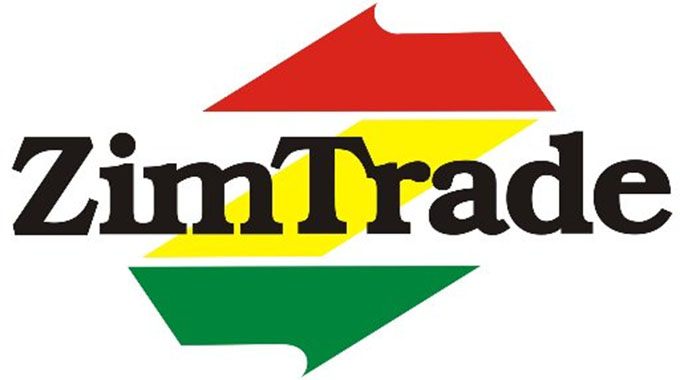Zim trade deficit narrows to US$85m
ZIMBABWE’S trade deficit narrowed to US$85,1 million in June 2023, representing a 56,6 percent drop from US$196 million recorded in May 2023.
This is the largest drop in trade deficit since April 2022 when the country’s trade deficit stood at US$49,4 million.
Investopedia defines a trade deficit as a situation where a country is buying more goods and services than it is selling. This, it says, would generally hurt job creation and economic growth in the deficit-running country.
According to data released by the Zimbabwe National Statistics Agency (ZimStat), the value of total exports in June 2023 was US$641,3 million, signifying a marginal 2 percent decrease from total export earnings of US$654,2 million in May this year.
“During the same period, imports decreased by 14,6 percent to US$726,4 million from US$850,3 million in May 2023,” said ZimStat.
The country saw exports of food and beverages reduce to US$16,9 million in June from US$19,4 million a month earlier, with industrial supply exports also decreasing to US$582,5 million from US$595,7 million in May.
These two contributed significantly to the fall in exports during the month under review.
“Consequently, there was a trade deficit of US$85,1 million in June 2023, compared to US$196 million in May 2023,” ZimStat said.
In June, minerals constituted 92,4 percent of total exports while manufacturing accounted for 6,8 percent.
“The country needs to quickly adjust its exports and make them more valuable through value addition.
“Yes, talk has been there but we need to take action as a country and work towards a common goal to earn more from these minerals,” said Mr Doubt Chiorora, an economist.
Leading exports in June were, semi-manufactured gold at 30,2 percent of shipments, nickel mattes including platinum group of minerals (PGMs) at 17,1 percent, other mineral substances 12,6 percent, tobacco 8,9 percent, nickel ores and concentrates 8,0 percent, industrial diamonds 4,7 percent, ferrochromium 4,3 percent.
“It is a good thing that the country is getting to work around its trade deficit, and thanks to global commodity prices that we have gotten to earn so much,” said trade specialist Josephine Zikomo.
Zimbabwe’s major imports remained mineral fuels and mineral oil products, which stood at 18,7 percent in June 2023, followed by machinery and mechanical appliances at 14,9 percent in June 2023.
Other imports in June 2023 included vehicles at 7,5 percent, electrical machinery 6,5 percent, electrical machinery and equipment 6,5 percent, iron and steel and articles of iron and steel (6,2 percent), fertilisers (5,4 percent and plastics 3,6 percent.
Zimbabwe exported goods and services worth US$226 million to South Africa and imported US$272 million worth of goods from the neighbouring country, resulting in a bilateral trade deficit of US$46 million.
In June 2023, the main export destinations were South Africa and the United Arab Emirates, which accounted for 34,9 percent and 30, 7 percent of exports, respectively.
South Africa at 37, 6 percent and China 16, 8 percent were the main source countries for imports to Zimbabwe in June 2023.-herald










